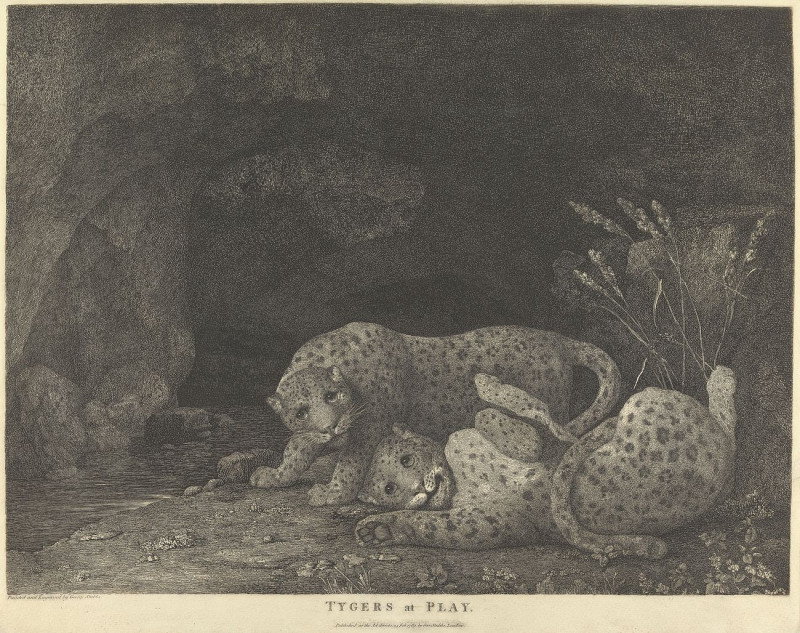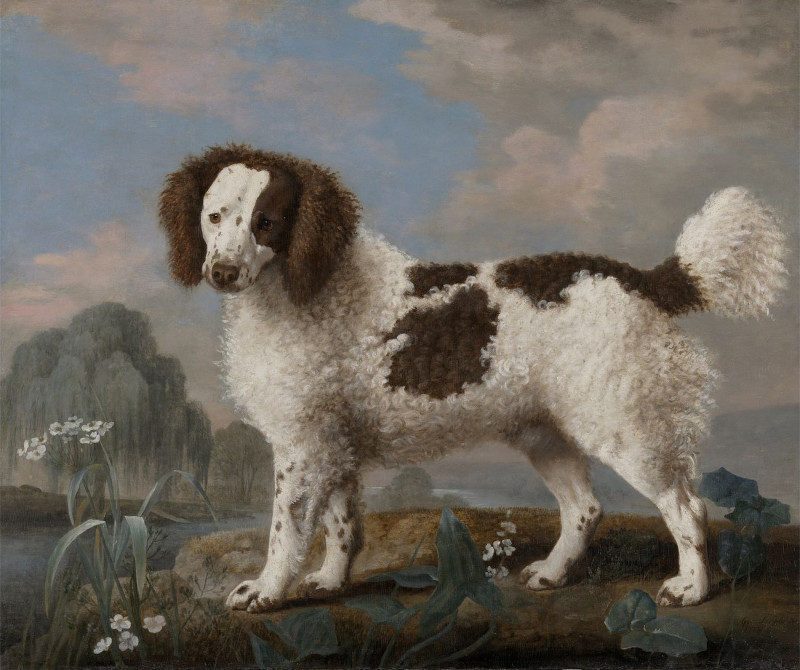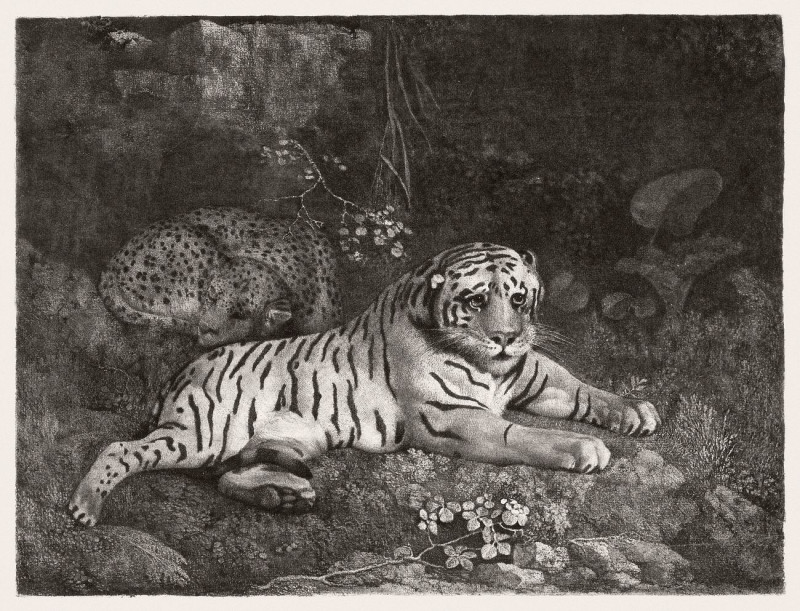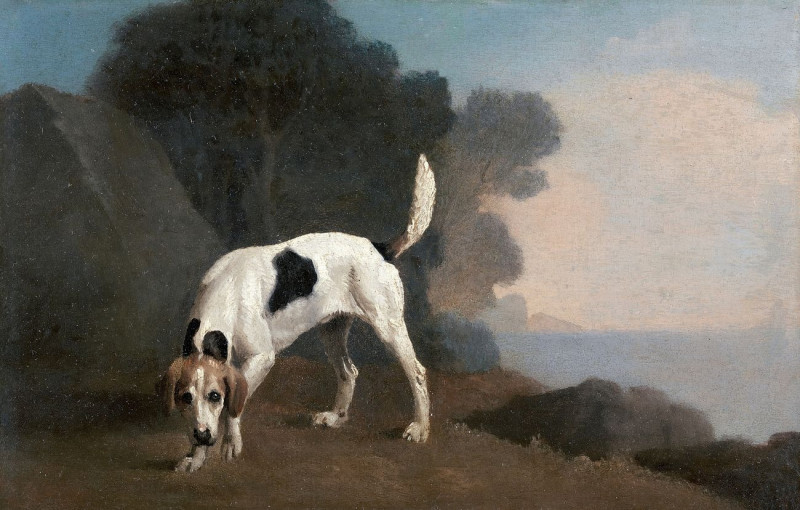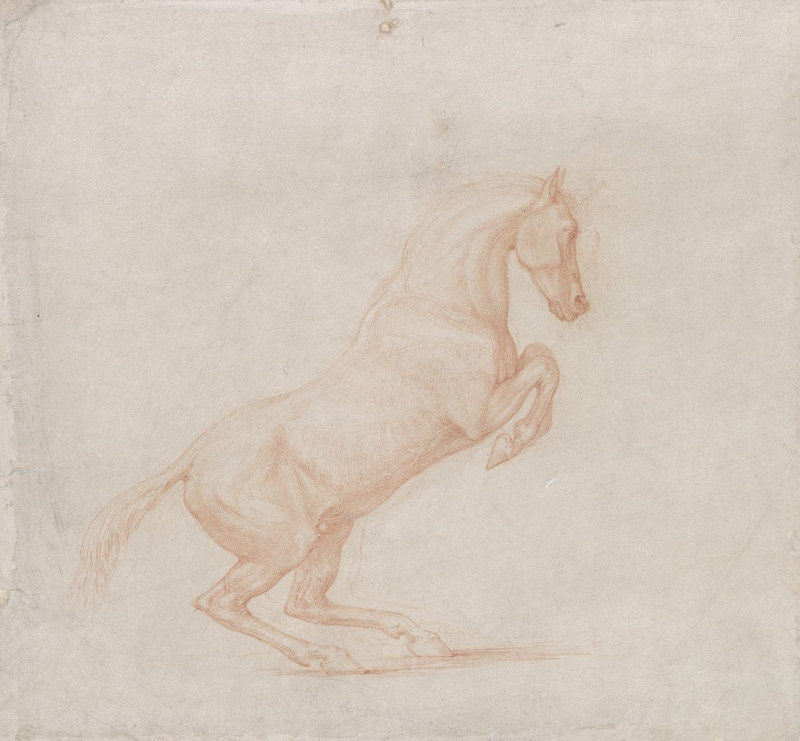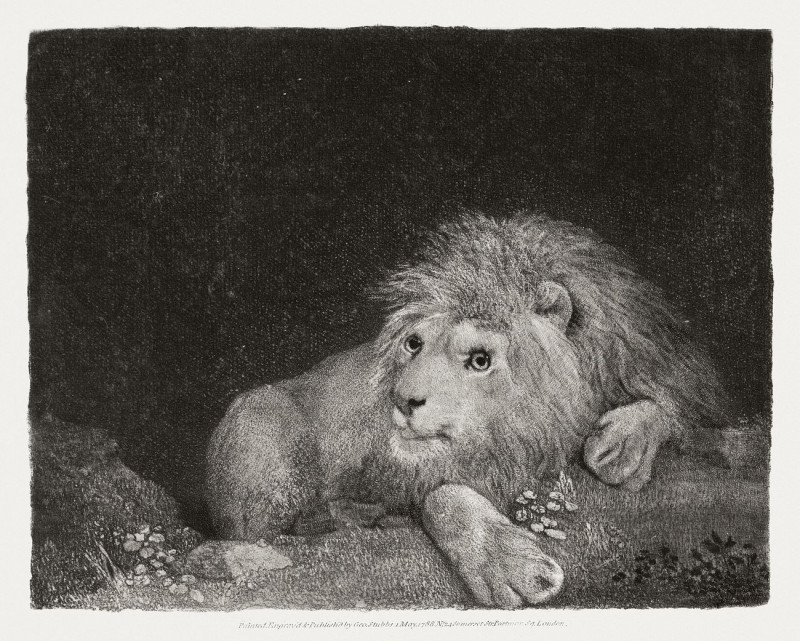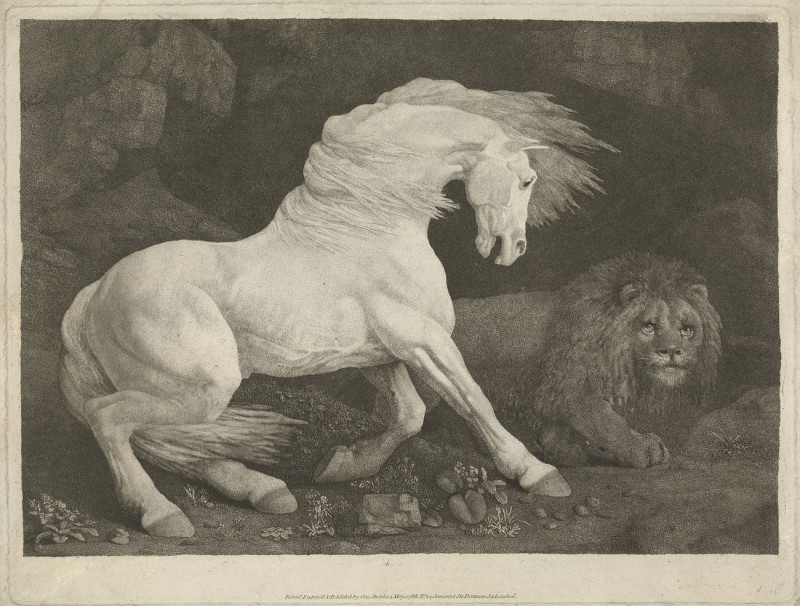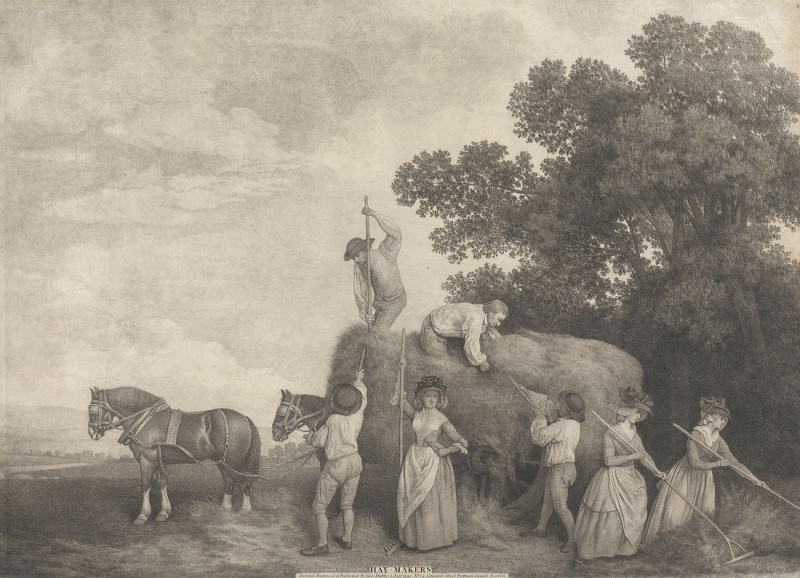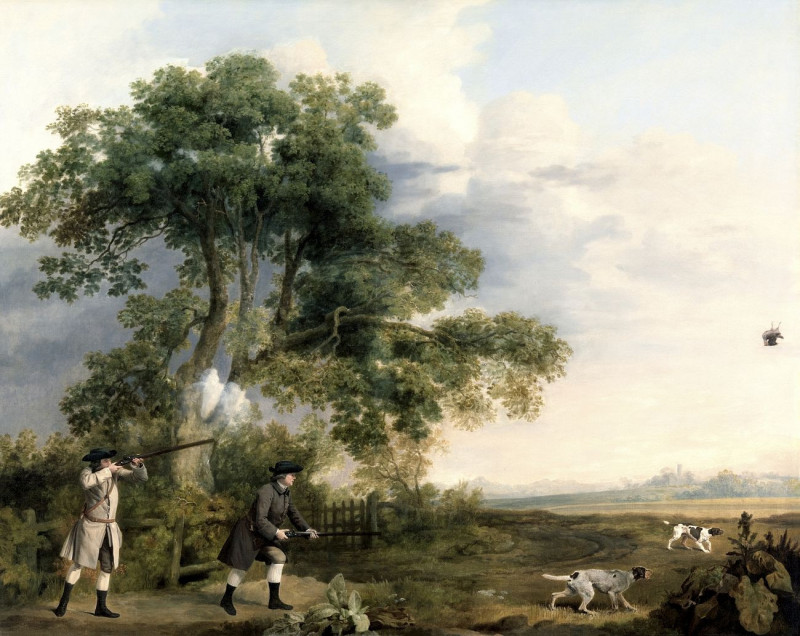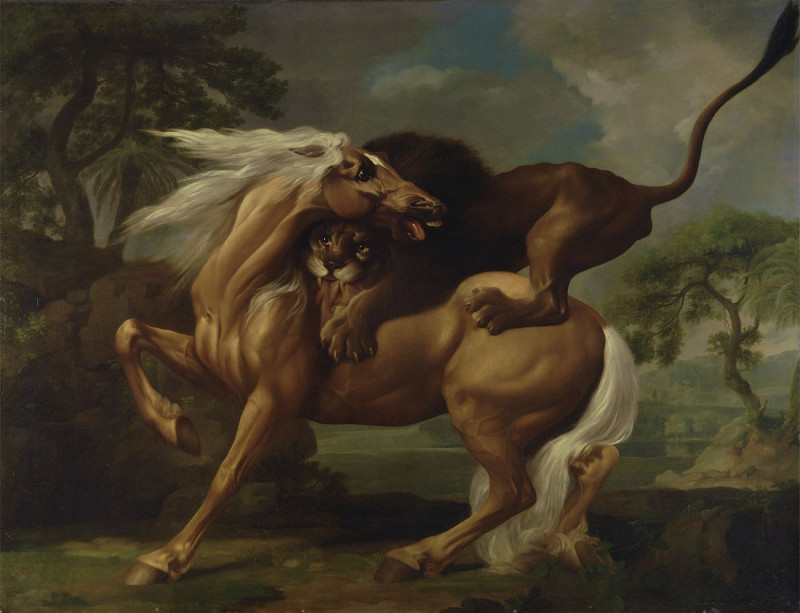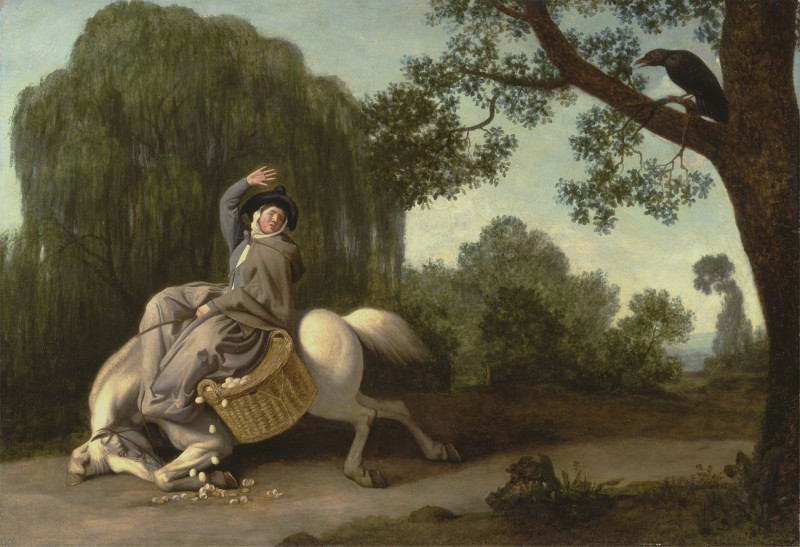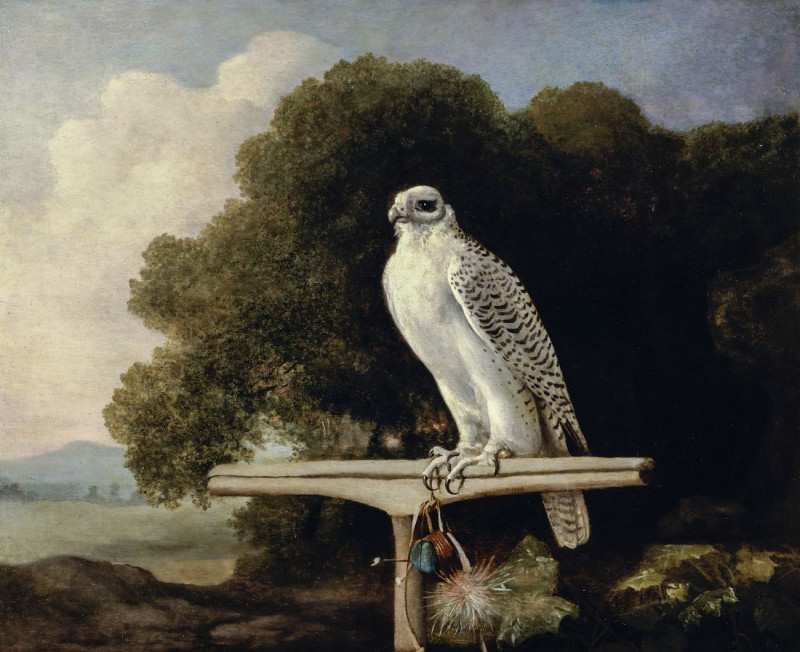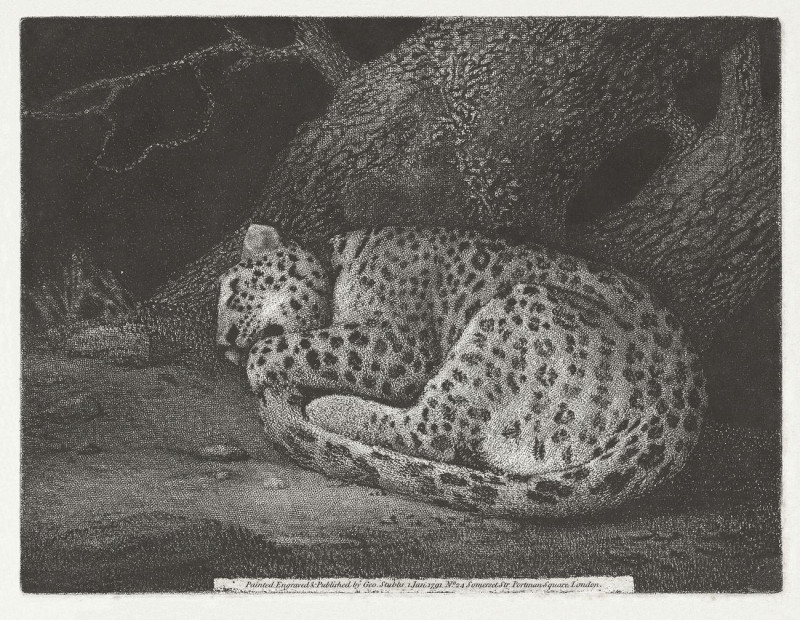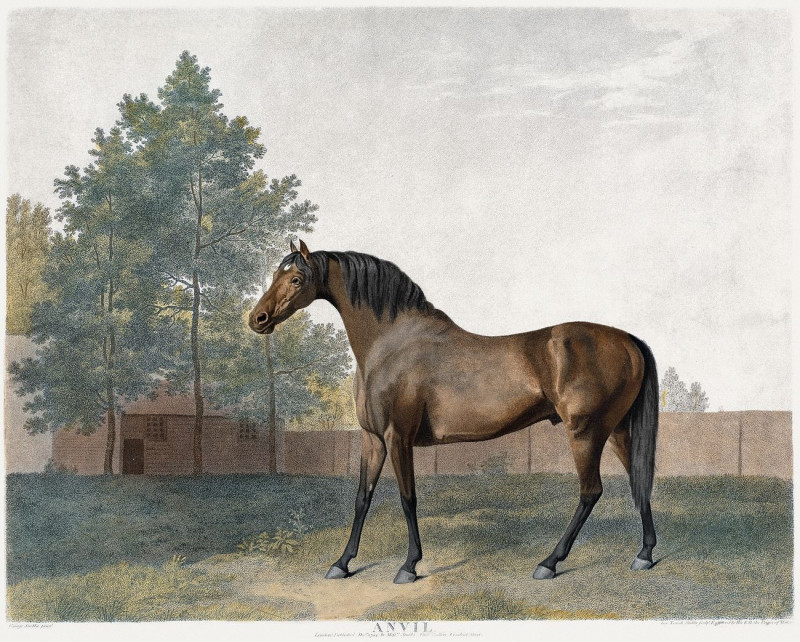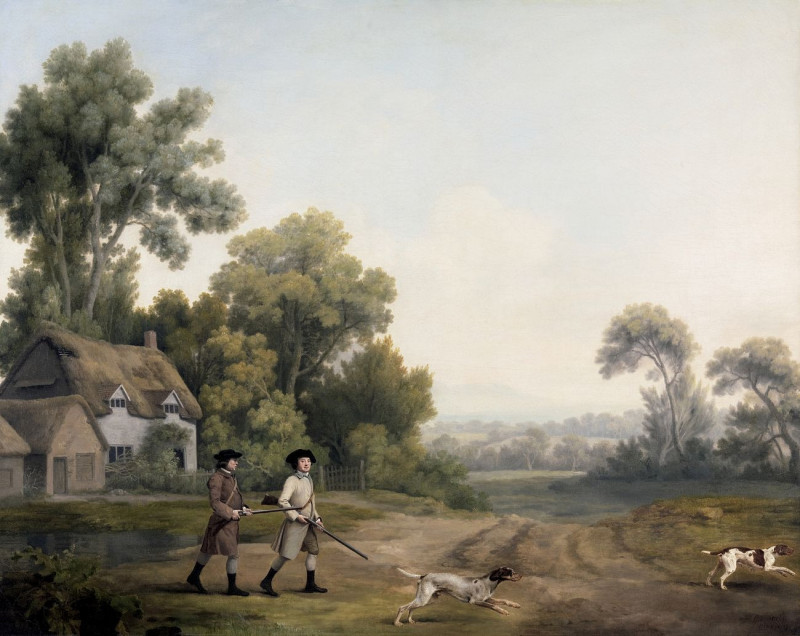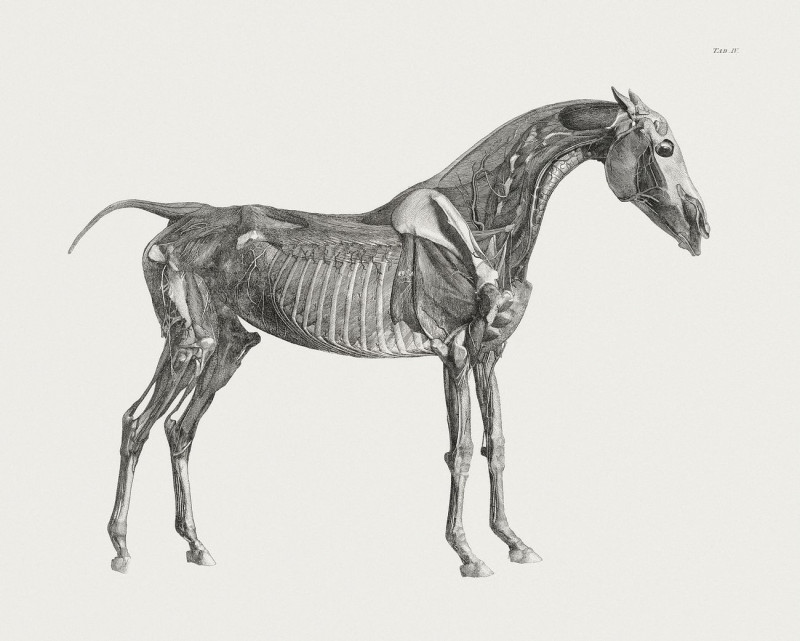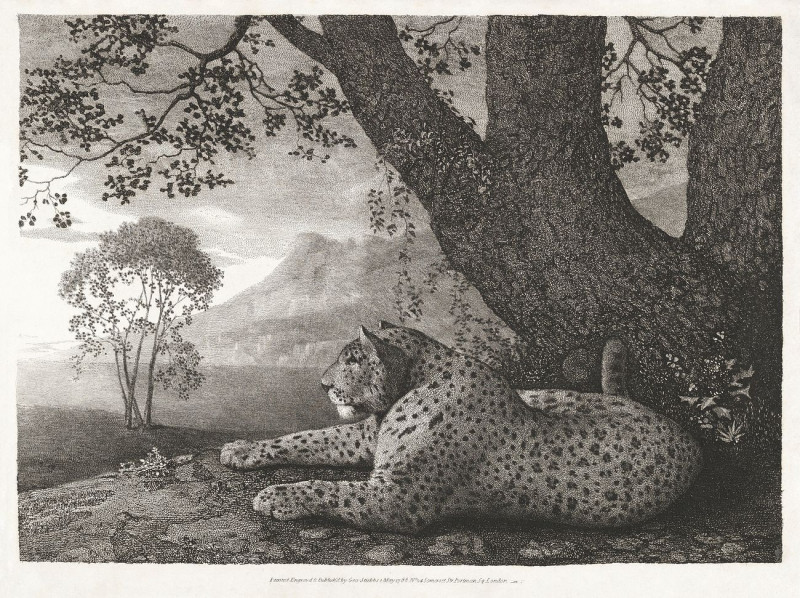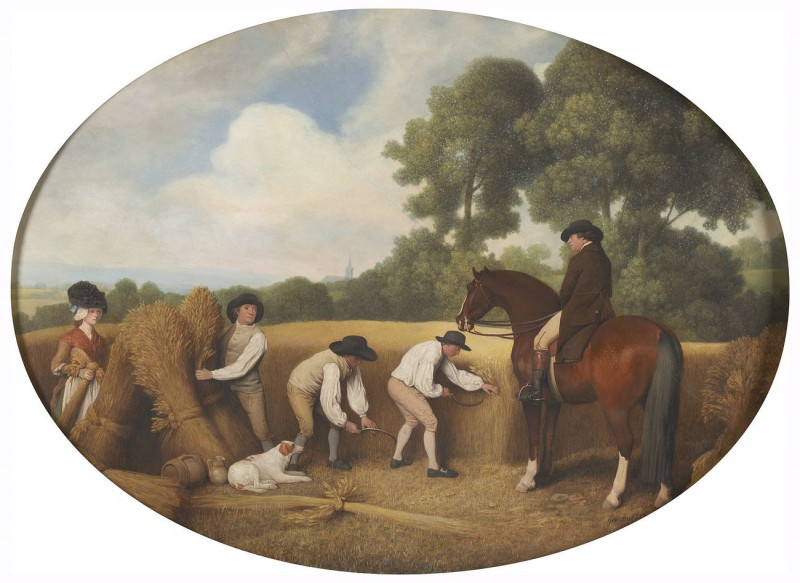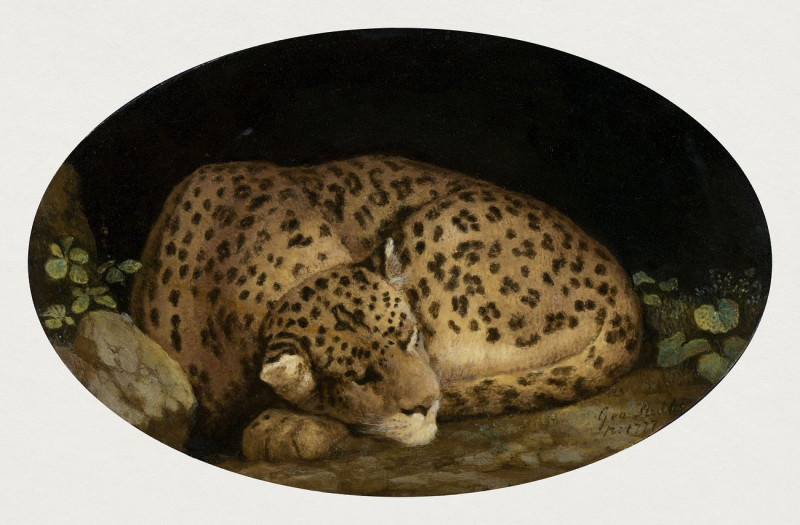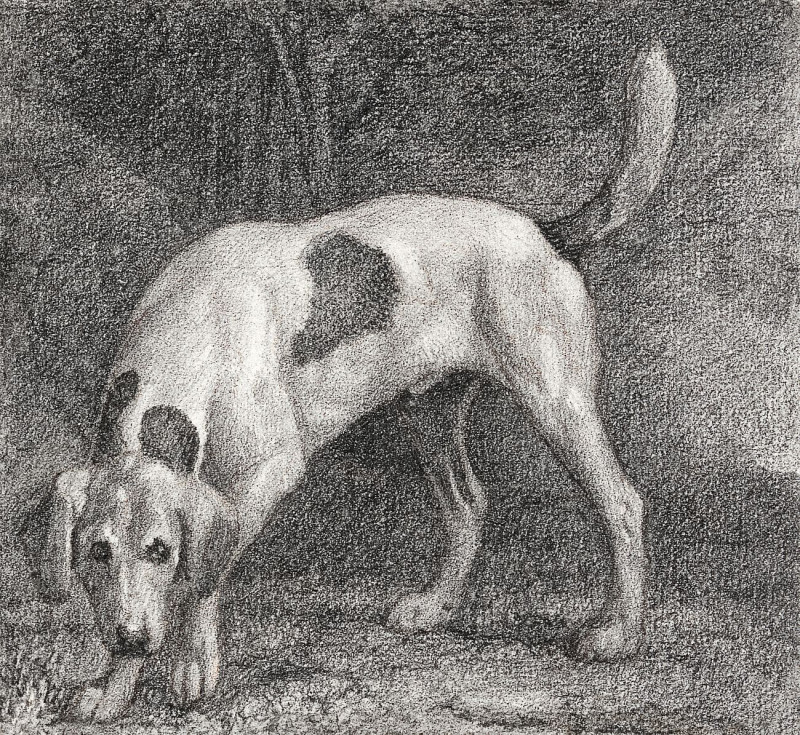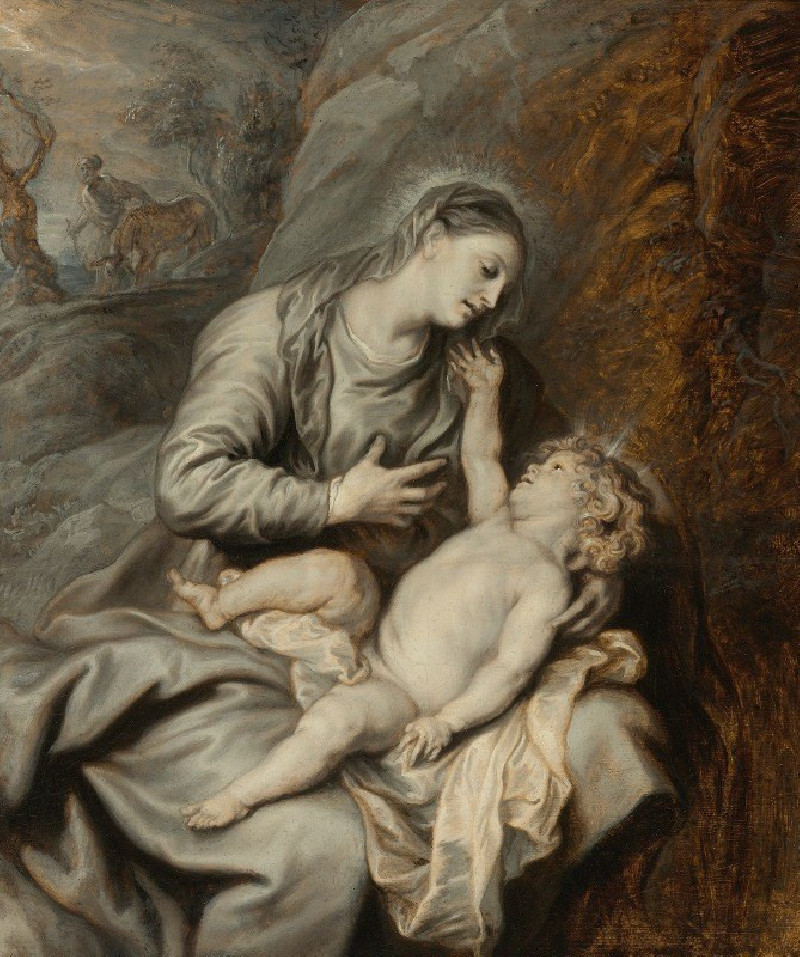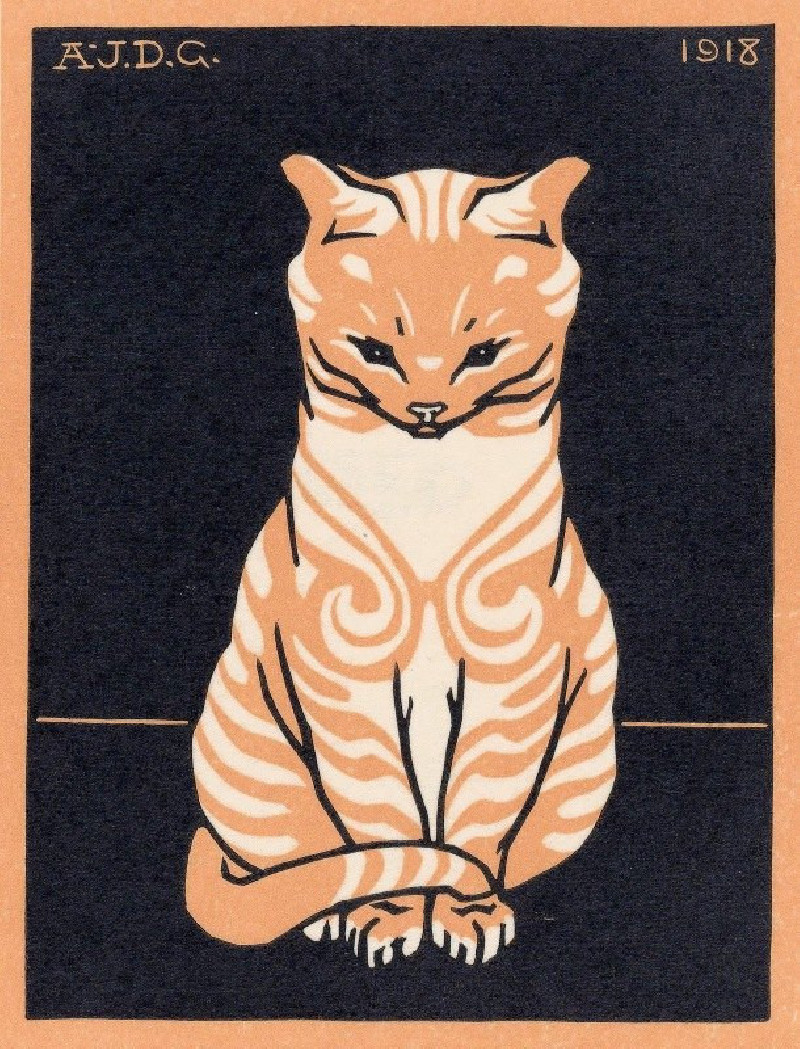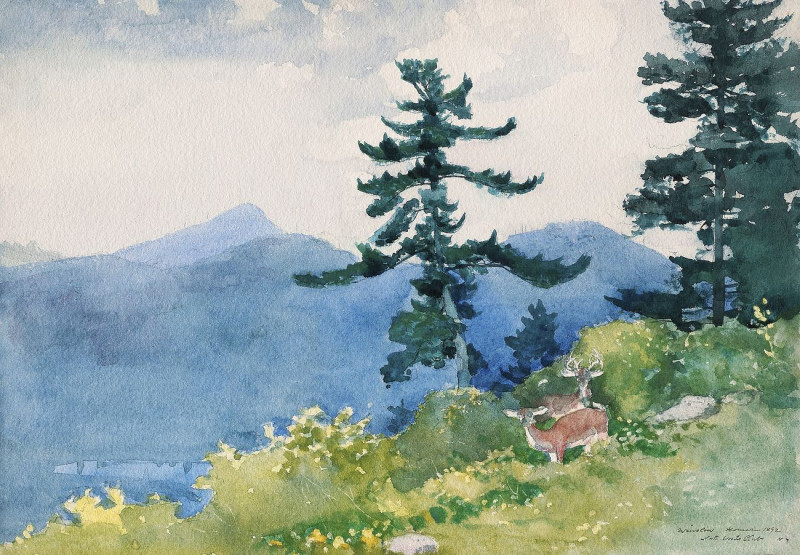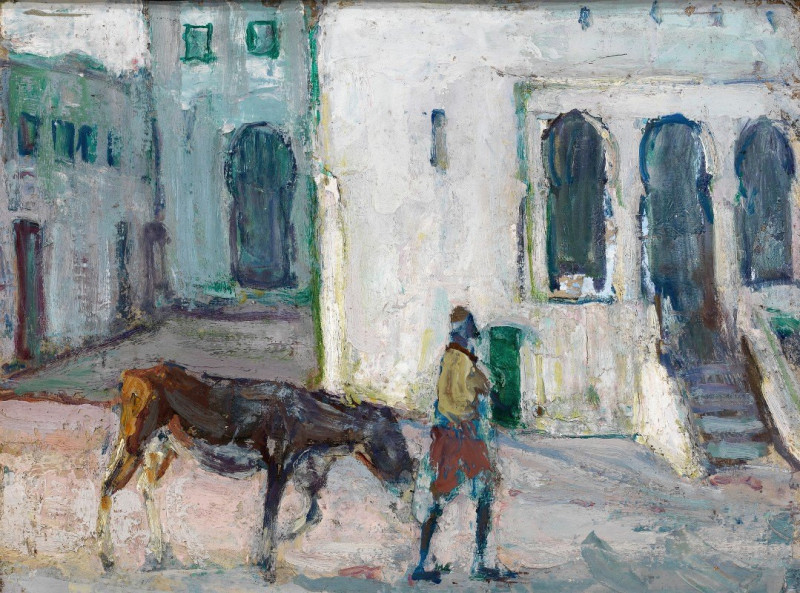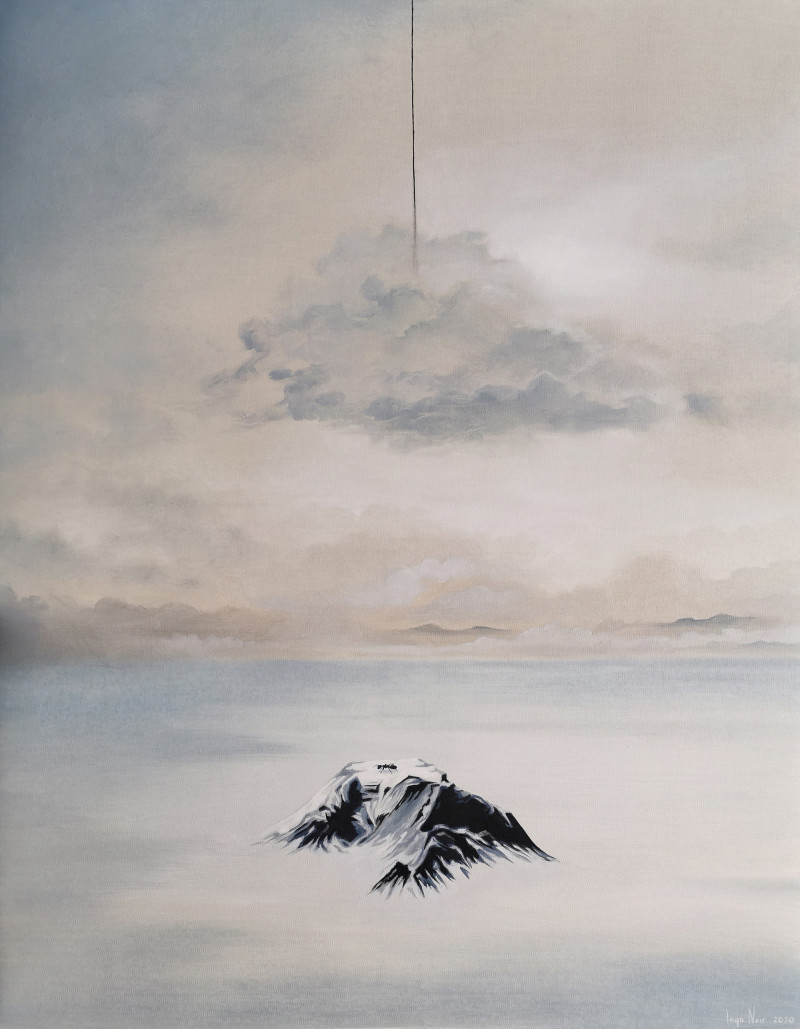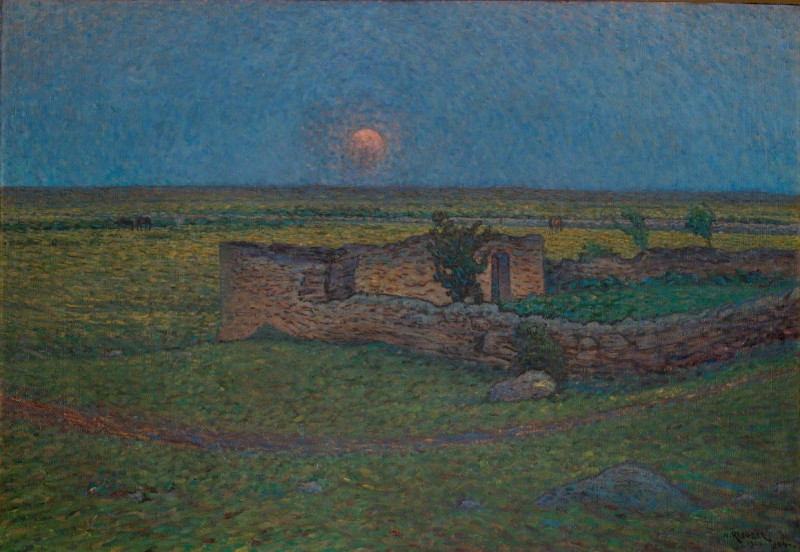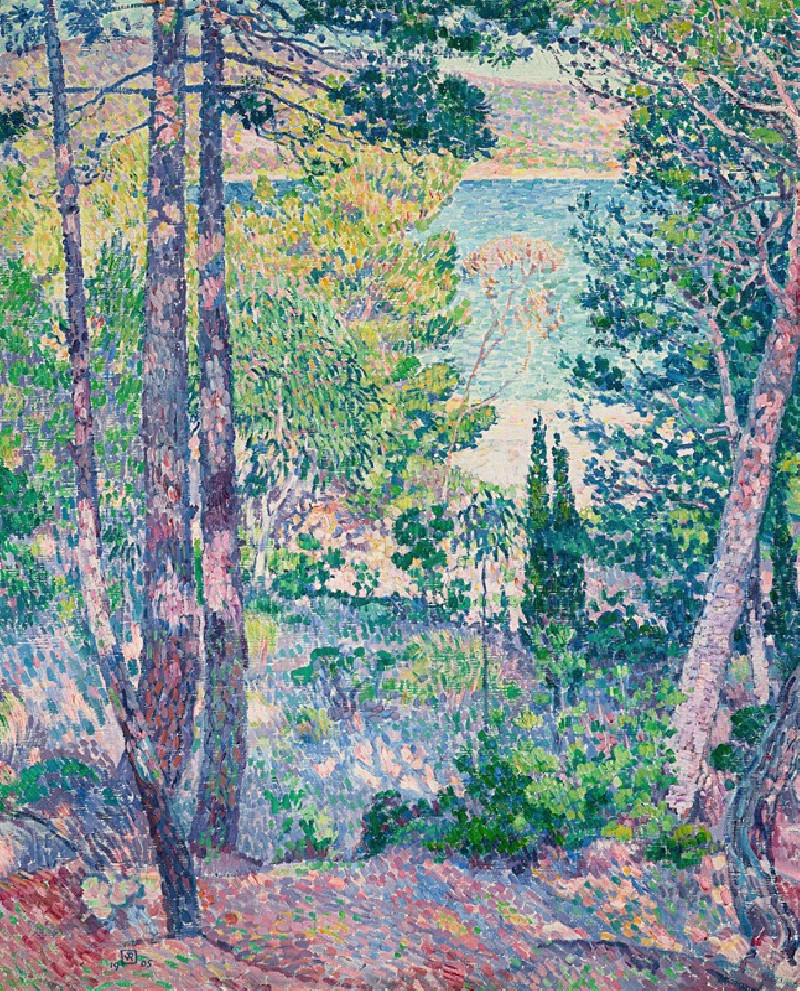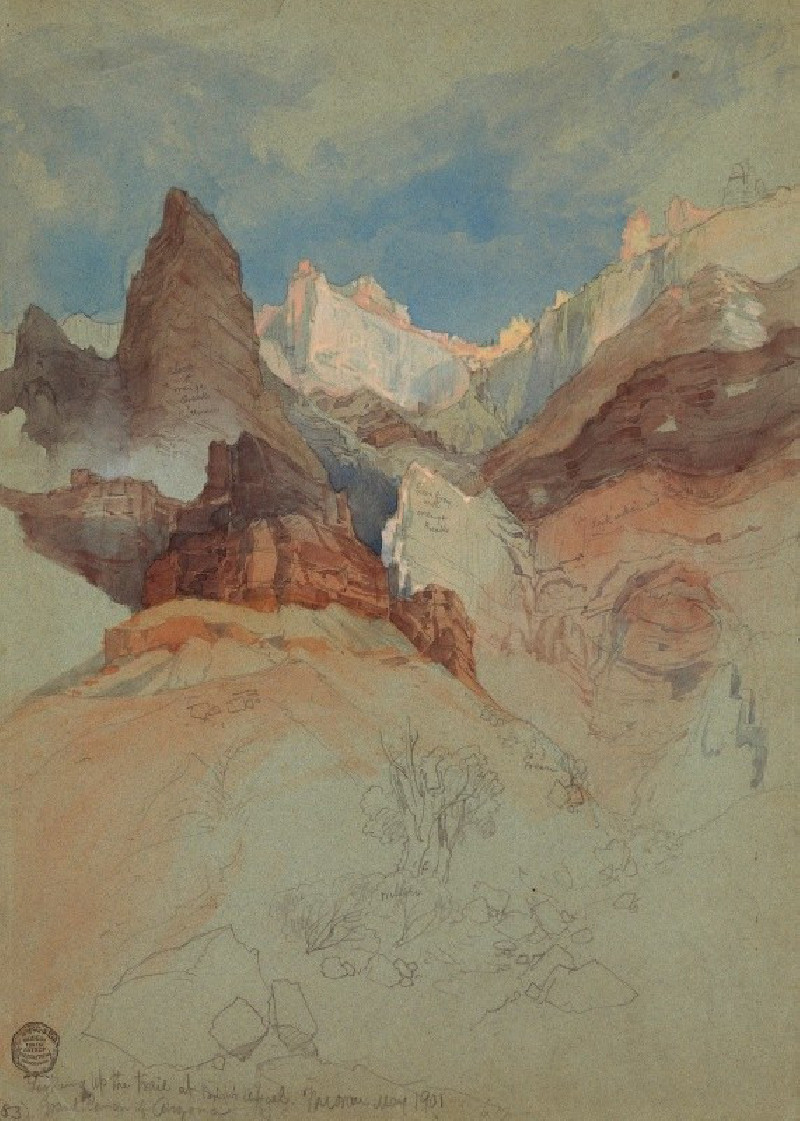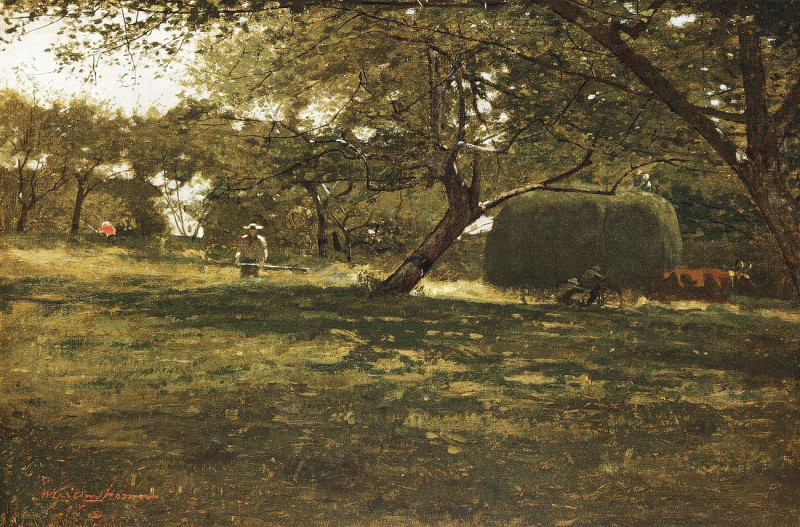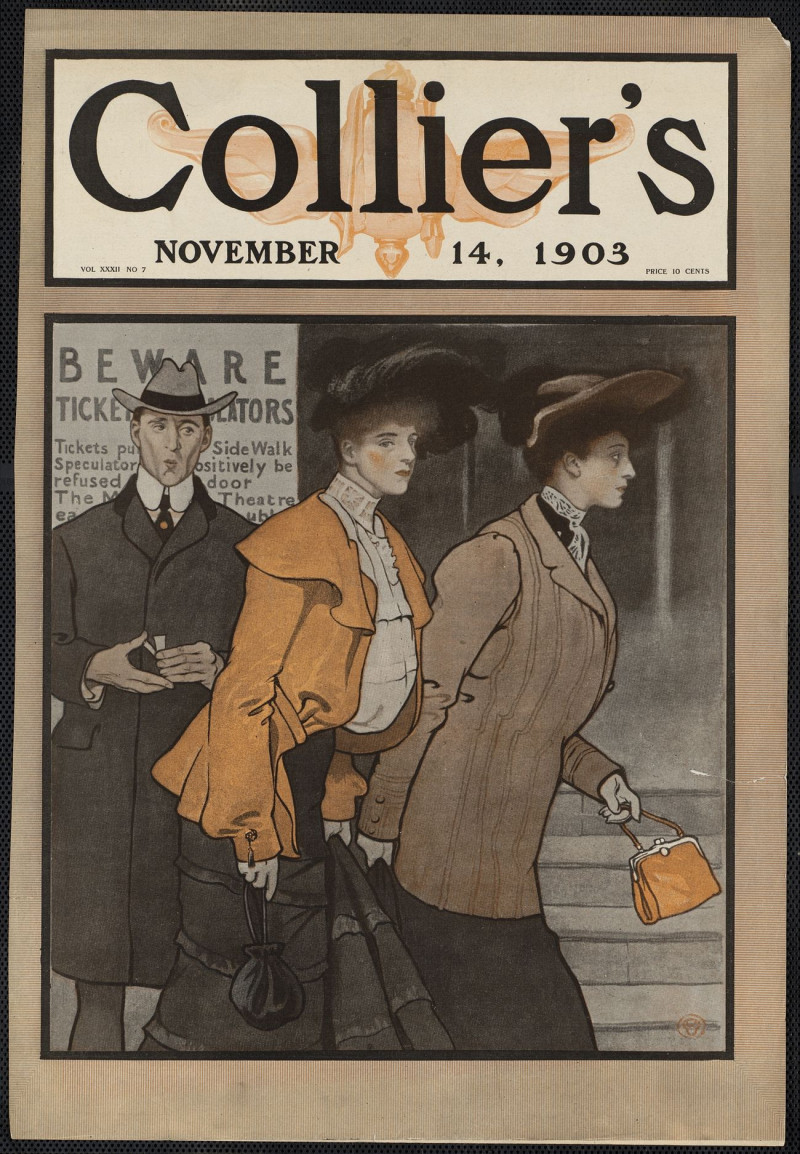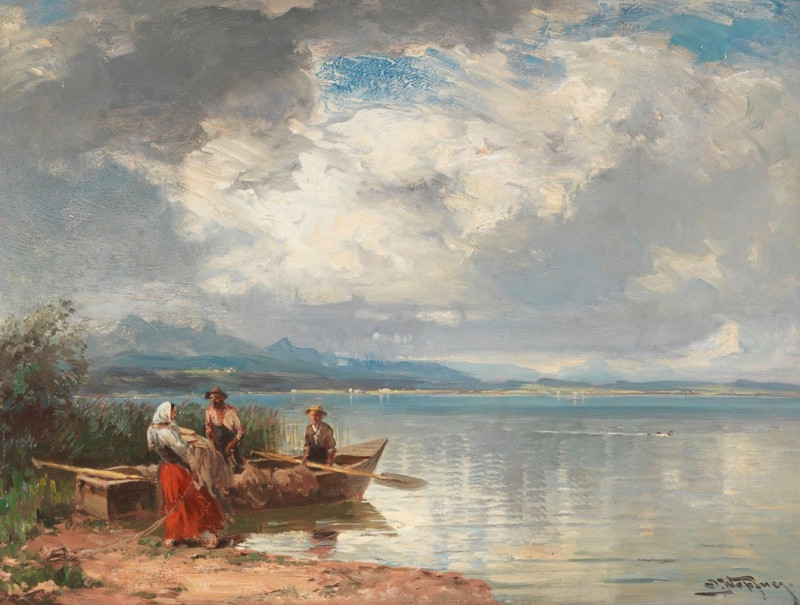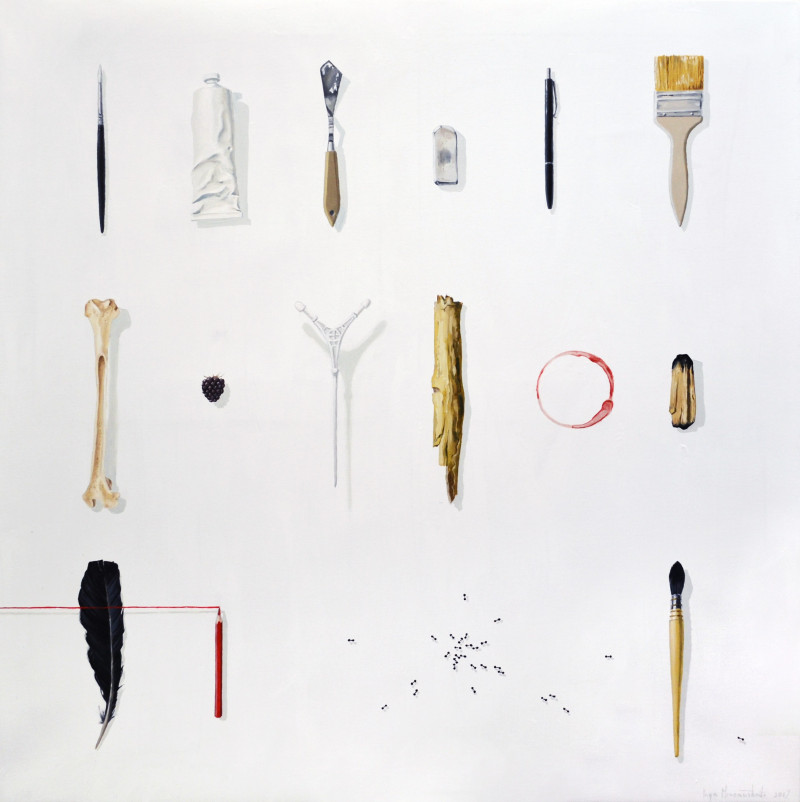Tygers At Play
Technique: Giclée quality print
Recommended by our customers
More about this artwork
"Tygers At Play" is a captivating artwork by George Stubbs that beautifully captures the playful interaction between two tigers. In this etching, the tigers are depicted in an intimate, frolicsome moment, set against a dark, cavern-like background that enhances the focus on their activity. One tiger is shown crouching with its eyes intently focused, possibly on the play or on an unseen element outside the scene. The other tiger is on its back, exhibiting a more submissive posture, with paws playfully up in the air, creating a sense of movement and interaction.The fine detail in the tigers' fur patterns and the texture of the rocky ground and sparse vegetation adds to the depth and realism of the scene. The artist skillfully uses light and shadow, hinting at the natural habitat of these majestic creatures, possibly a secluded cave or rocky area. This rendering not only showcases Stubbs' thorough understanding of animal anatomy and behavior but also his ability to convey subtle emotions and dynamics through his artistry, making the scene both wild and tender.
Delivery
Returns
George Stubbs (25 August 1724 – 10 July 1806) was an English painter, best known for his paintings of horses. Self-trained, Stubbs learnt his skills independently from other great artists of the 18th century such as Reynolds and Gainsborough. Stubbs' output includes history paintings, but his greatest skill was in painting animals, perhaps influenced by his love and study of anatomy. His series of paintings on the theme of a lion attacking a horse are early and significant examples of the Romantic movement that emerged in the late 18th century. He enjoyed royal patronage. His painting, Whistlejacket hangs in the National Gallery, London.

